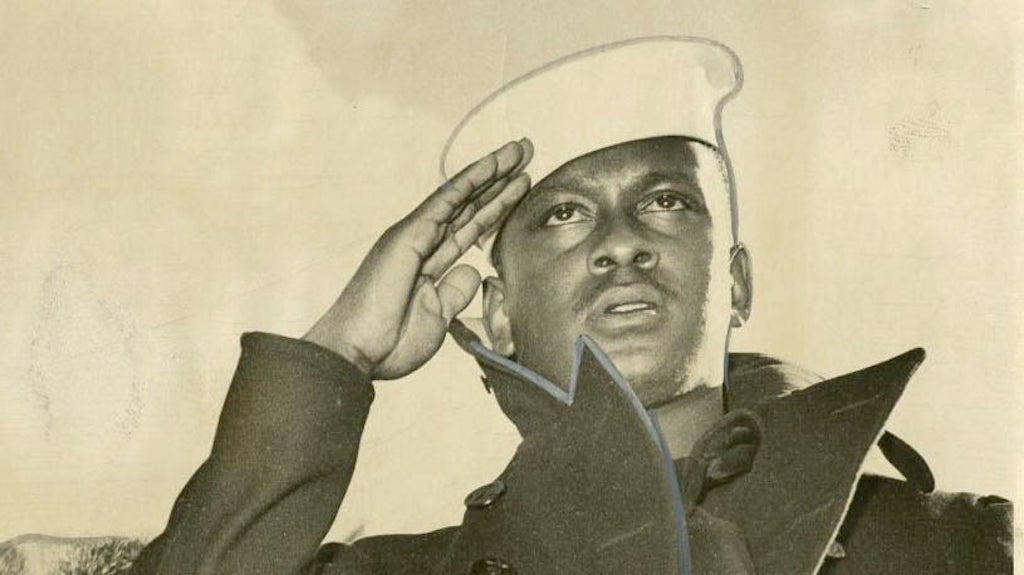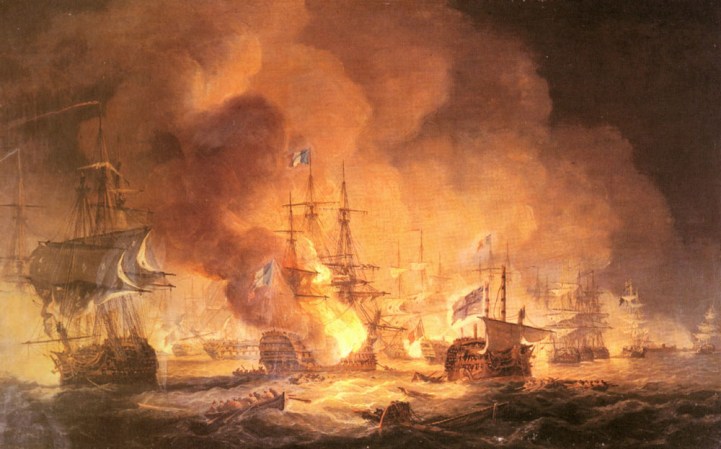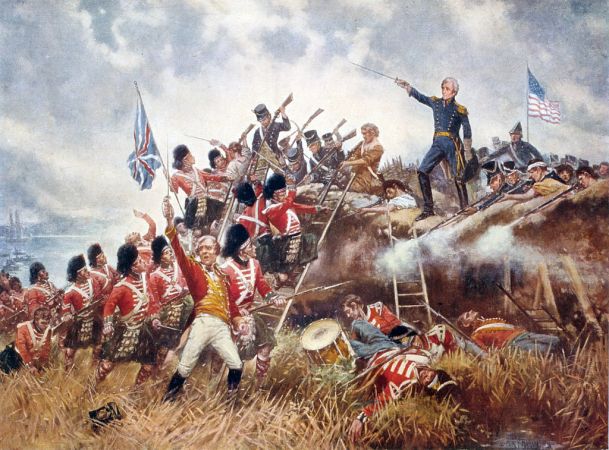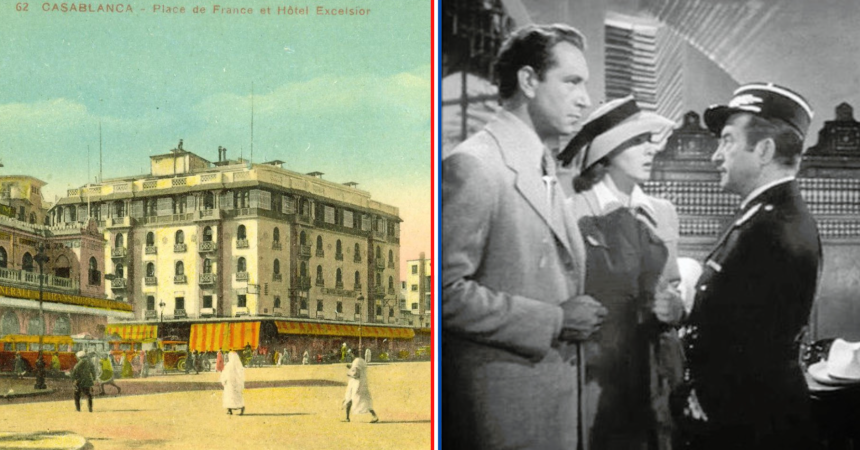Until the late 20th century, the US Navy generally relegated sailors of color to menial jobs like stewards and cargo loaders. However, this didn’t prevent minority sailors from performing heroic actions in combat. For example, at Pearl Harbor, messman Dorie Miller manned a machine gun aboard USS West Virginia, rescued the ship’s wounded skipper, and pulled fellow sailors from the oily water to safety. Still, because of the color of his skin, it took time for the Navy to recognize Miller’s actions with the Navy Cross. Unfortunately, Miller was not the only Black sailor whose bravery was initially overlooked.
Charles Jackson French was born on September 25, 1919 in Foreman, Arkansas. There, he learned to swim in the Red River at the age of eight, a skill that would later save his life and the lives of his shipmates. After his parents died, French moved to Omaha, Nebraska to live with his sister. On December 4, 1937, French enlisted in the Navy as a mess attendant, the only rate available to him as a Black man. He served aboard the USS Houston (CA-30) until the end of his four-year enlistment and returned to Omaha in 1941.
On December 11, 1941, just four days after the attack on Pearl Harbor, French reenlisted as a Mess Attendant First Class. In March 1942, he was assigned to the USS Gregory (APD-3) and sailed for the south Pacific. On September 4, at 0100 hours, Japanese destroyers opened fire on Gregory. She brought her own guns to bear but was outmatched by the heavy enemy fire. Two of Gregory‘s boilers burst and her deck was set ablaze. In less than three minutes, the ship was dead in the water and began to sink.

French was one of the few survivors from his ship and found himself in the water with a life raft. He immediately began swimming, pulling the raft with him, and piling his shipmates into it. With 15 other sailors aboard, French climbed into the raft himself. However, they weren’t out of danger yet. Ensign Robert Adrian noticed that the current was pulling the raft toward a Japanese-held island. French volunteered to swim the raft away from shore. Adrian told French that it would be impossible and that he would only being offering himself up to the sharks. French confidently responded that he was a powerful swimmer and was less afraid of sharks than the Japanese.
After stripping his clothes and tying a rope to his waist, French returned to the water and began towing the raft away from the island. Fighting the current, he swam through the night. “Just keep telling me if I’m going the right way,” French told Adrian. He swam between six and eight hours, well out to sea. At sunrise, the raft was spotted by a scout plane and a landing craft was dispatched to rescue the survivors. The next year, French’s actions were recognized with a Letter of Commendation with ribbon authorized, the equivalent of a Navy and Marine Corps Commendation Medal. The citation notably reduced the hours that French swam to just two.

Still, there were those in the Navy who supported French. Adrian fought for him to be awarded the Navy Cross and was outraged by the Letter of Commendation. When the survivors were rescued, the Masters-at-Arms attempted to separate French from his white shipmates before taking them to a rest camp. Covered in oil and grime, the white survivors refused and threatened a fight if French was taken away. The support shown by the sailors he saved stayed with French the rest of his life.
French spent the rest of the war in the Atlantic. Afterwards, he settled in San Diego, California, tired from the death and suffering he had witnessed during his service. French died on November 7, 1956 and was buried at Fort Rosecrans National Cemetery in San Diego.

Over the years, French’s heroism has received some recognition. In 1942, he was featured on a War Gum Collector’s Card that depicted him towing the raft. However, he identified only as “Negro Swimmer,” “a Negro mess attendant,” and “French.” He received full name recognition in a 1943 story by True Comics. French was also honored at the halftime of a Creighton football game and on a calendar.
On February 18, 2022, the Navy announced plans to dedicate a training pool at Naval Base San Diego to French. The pool is used to train the Navy’s elite rescue swimmers. “The story of Charles Jackson French needs to be told and shared for generations to come. He exemplified our core values and faced adversity with unwavering grit and selflessness,” said Chief of Naval Operations Adm. Mike Gilday in a press release. “Generations of Sailors will train [at the pool] and never forget the values and legacy of such a brave American hero.”










